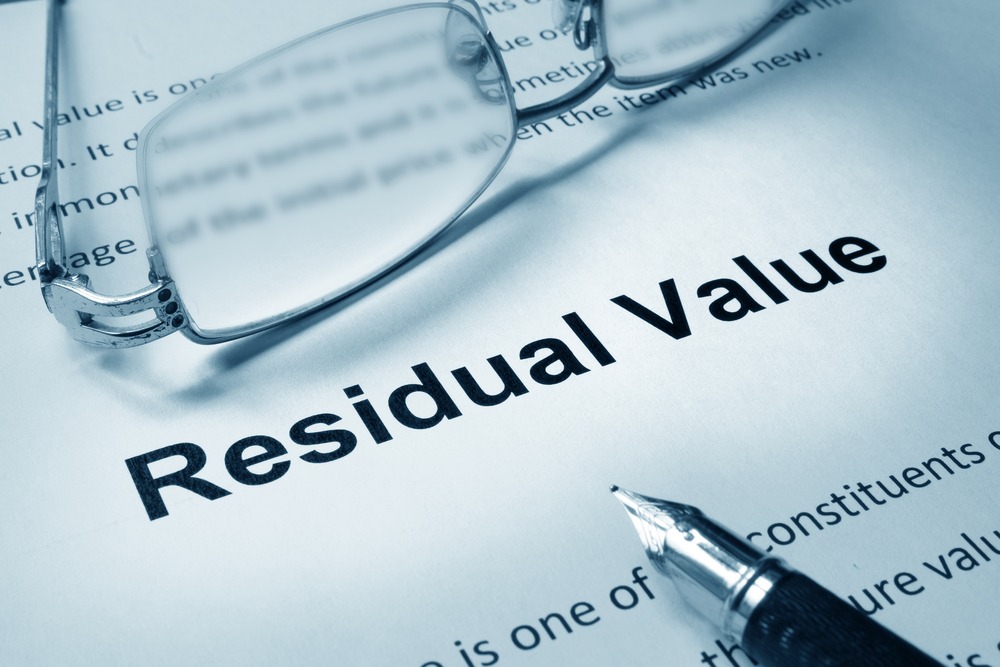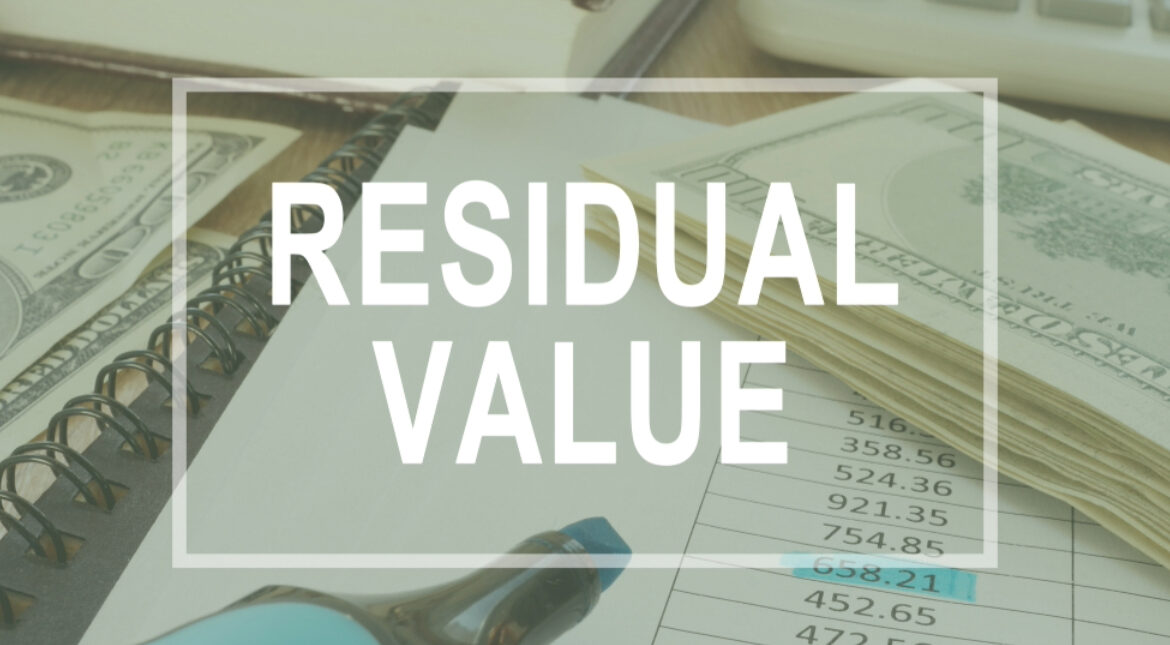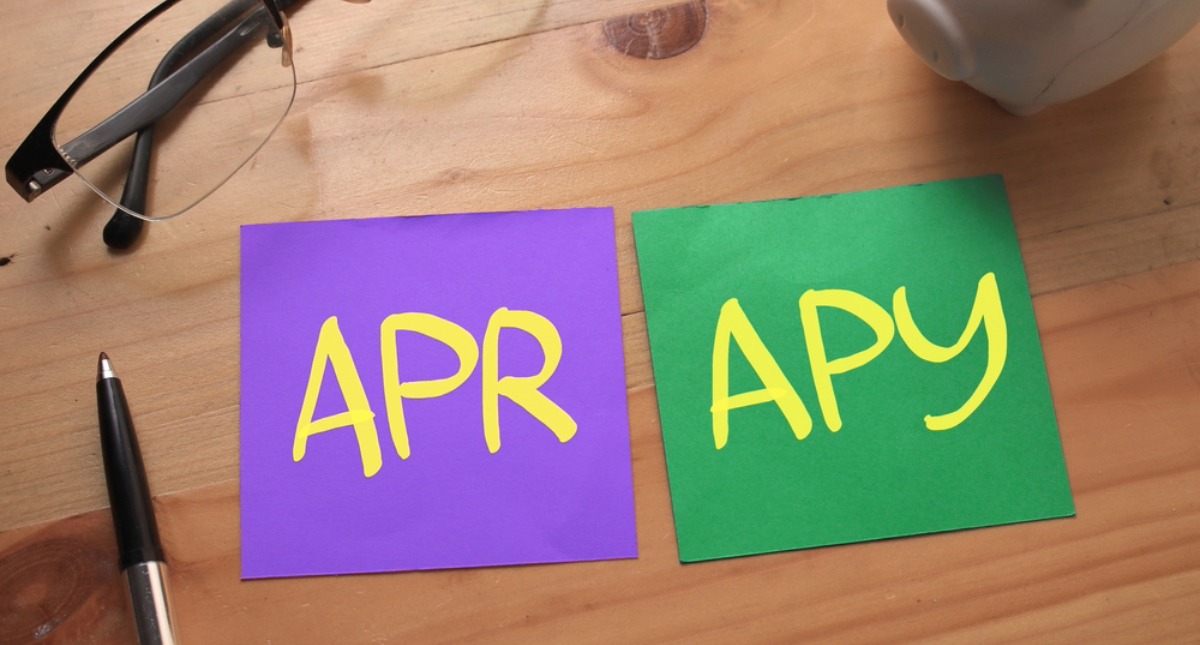Residual value is a key term in finance and accounting that refers to the estimated value of a fixed asset at the end of its useful life or lease term. It’s also known as salvage value.
This concept is crucial for understanding how assets depreciate over time and how their value is preserved or diminished. It’s also a vital figure in the leasing industry, especially for car leases, where it helps determine monthly lease payments and the buyout price at the end of a lease.
Meaning and Definition
In simpler terms, residual value is what you expect an asset, like a car or a piece of machinery, to be worth after you’ve used it for its intended life or lease period.
When an asset is fully depreciated, meaning you’ve accounted for its loss in value over time, the residual value is what you estimate you could sell it for, or its salvage value.
This estimation helps businesses and individuals understand how much they can recoup after disposing of the asset.
For leased assets, such as cars, the lease residual is a forecast of the car’s value at the end of the lease.
It plays a crucial role in setting monthly lease payments and determining the buyout option price if you decide to purchase the leased vehicle when the lease ends.
How to Calculate Residual Value?

Calculating residual or salvage value involves estimating the future worth of an asset at the end of its useful life.
For tangible assets like vehicles, this can involve comparing comparable assets to determine their current selling price, considering the asset’s condition, and factoring in the cost of disposal, if applicable.
For leased items, such as cars, the calculation is part of the leasing agreement and affects the monthly payment. The formula considers the initial purchase price, expected depreciation over the lease term, and the asset’s anticipated value at the lease end.
Finding the residual value typically involves research and calculations based on the asset’s life, initial value, depreciation schedule, and market for comparable assets. For leases, the residual value is often stated in the contract and determined by the leasing company based on similar factors.
What Does it represent in Statistics?
In statistics, residual value has a different meaning. It refers to the difference between observed and predicted values in a data set, helping assess the accuracy of statistical models.
Is It the Same As Buyout?
No, residual or salvage value and buyout are not the same, though they are related. In leasing, the residual is an estimate used to calculate lease payments.
The buyout price is the amount you can pay at the end of the lease to own the asset outright, often closely tied to the residual value but can include additional fees or costs.
What are the main uses?

Residual value has multiple applications:
- Calculating Depreciation/Amortization Using Residual: This helps businesses spread the cost of an asset over its useful life in their accounting.
- Determining Lease Payments and Terms: For leases, especially car leases, residual is used to set monthly payments and lease terms.
- Asset Disposal Decision Making: Knowing this value helps decide whether to sell, keep, or dispose of an asset.
What is a Good Residual Value?
A “good” residual value is relatively high compared to the asset’s initial purchase price, indicating less depreciation and a better potential return on investment.
For car leases, a residual value of 55% or higher is generally considered good, as it means the car retains over half its value over the lease term.
What is a 30% Residual?
A 30% residual value means that an asset is expected to retain 30% of its original purchase price at the end of its useful life or lease term. This figure is context-dependent and could be seen as low or high depending on the asset type and its depreciation rate.
Is 55 a Good Residual?
Yes, in the context of car leases, a 55% residual value is considered good. It indicates the car is expected to retain 55% of its value by the end of the lease period, suggesting slower depreciation and a higher quality or more desirable vehicle.
















